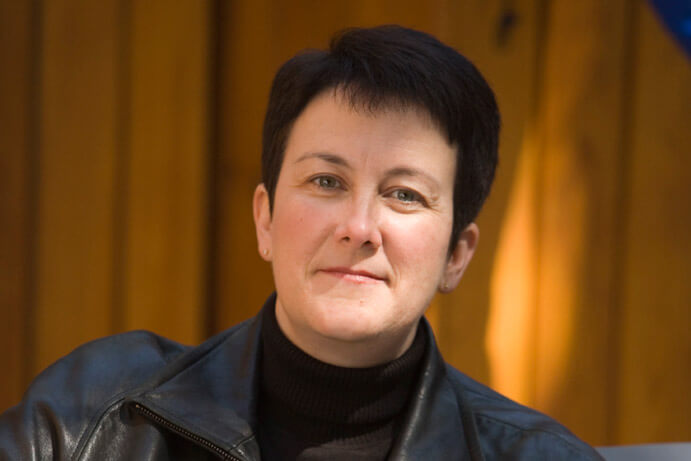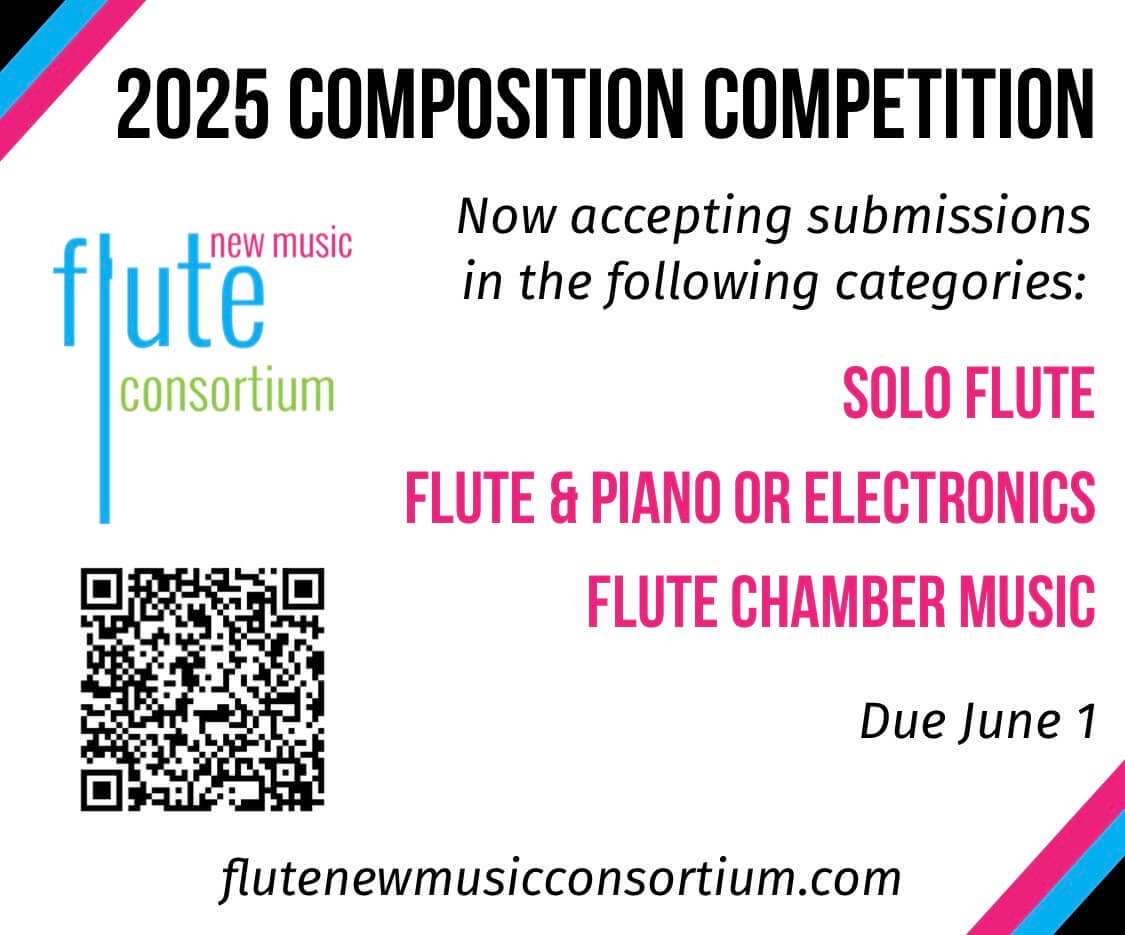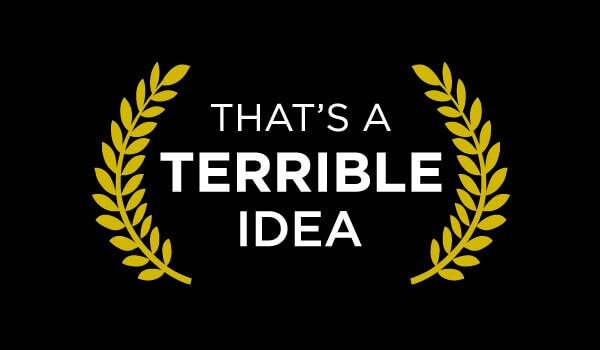2010 Pulitzer Prize winner Jennifer Higdon is one of the most prolific and acclaimed composers of our era. We spoke with her on the eve of the premiere of her Viola Concerto at the Library of Congress by violist (and Curtis Institute president) Roberto Diaz and the Curtis Chamber Orchestra, conducted by Robert Spano. Later this year she will premiere her first opera, Cold Mountain, at the Santa Fe Opera, and she will be composer-in-residence at the 36th annual Bowling Green New Music Festival at Bowling Green State University (OH), her alma mater.
What were your key objectives in composing your new Viola Concerto?
As a composer, I am always thinking about the performers and commissioners who ask for a piece of music. In the case of the Viola Concerto, I was very aware that the Library of Congress is our lead commissioner (Aspen Music Festival, Curtis Institute, and Nashville Symphony are co-commissioners). Thinking about the history of the LOC made me think of what that particular library contains in terms of a true reflection of this country’s history. It’s inspiring. In addition to that, I am really fond of the viola as an instrument. The first sonata I wrote while in school was for viola. I love the instrument’s color and the enthusiasm of viola players themselves. They’re always hungry for new works.
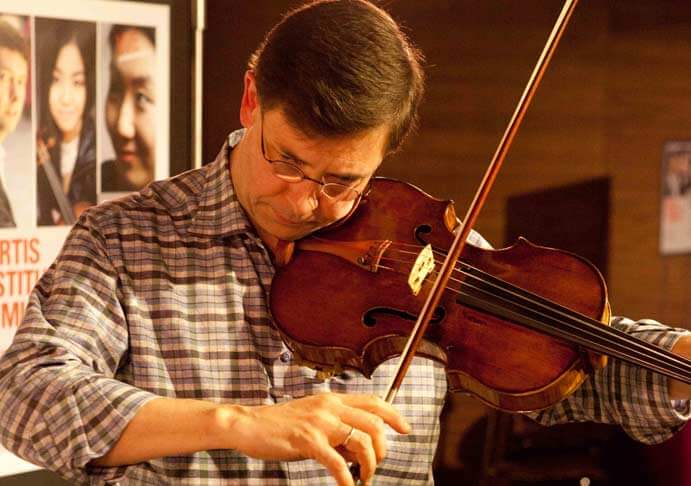
Roberto Diaz (photo: Annette Hornischer)
How is your composition process affected by working with long-term collaborators?
Working with artists on a repeat basis is a dream. Both Roberto Diaz and Robert Spano have premiered and performed enough of my music that they know my harmonic language, my rhythmic complexities (which I regularly hear from performers are difficult), and my musical gestures. That means that when they’re tackling a new work of mine like this Viola Concerto, they already have a basis of understanding on which to build a superb performance. They can get deeper into the music; they’re able to master the surface stuff much more quickly, and then think about the overall shaping of phrases and the dramatic unfolding. In turn, I tend to be more bold in trying difficult and tricky things. I know that with them, I can have a dialogue, while the piece is being put together, to figure out what needs to be adjusted.
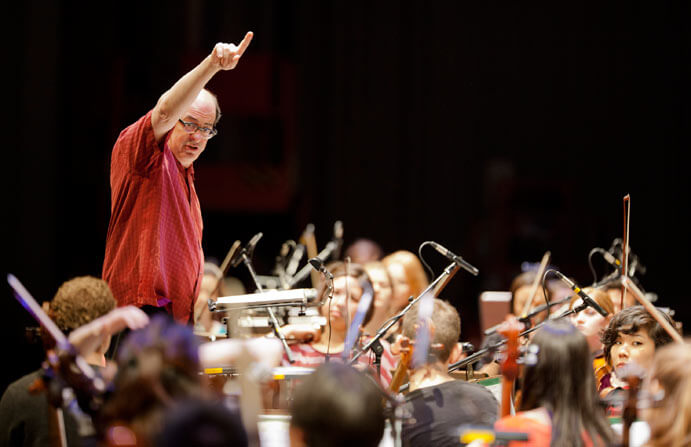
Rober Spano (photo: Oliver Killig)
What are your thoughts on the state of contemporary music as we surge into the 21st century?
I think contemporary music is in the healthiest state it has ever been. All kinds of styles of writing are accepted, which hasn’t always been the case. And I’m finding that orchestras and opera companies (and chamber groups and bands and choirs) are programming more contemporary works than ever before. There are more opportunities for composers through organizations such as American Composers Forum, NewMusicUSA, and the American Composers Orchestra’s Earshot program. On a personal note, I have several hundred performances of my work each year, which is more than Beethoven had during 19 years in Vienna (source: Beethoven and the Construction of Genius claims a total of 88 performances). I’m not unique in that respect, and I take it as a good sign. There are audiences who want variety and that do express fatigue from the repetition of standard repertoire.
What unique challenges did you face in composing Cold Mountain, your first opera?
With Cold Mountain being my first opera, I had to do years of studying the genre itself—looking at scores and attending performances; figuring out how other composers dealt with this type of story telling. After culling Charles Frazier’s novel down into a manageable outline with my librettist Gene Scheer, I began sketching ideas (verbally) about all the characters: their traits, what might represent them musically, personality quirks that could be exploited in a sound context, etc. I took a large blank sketch pad and laid out what I thought the order of the scenes would be, and made preliminary decisions as to ensemble size (arias, duets, trios, quartets, quintets and choral scenes). I also thought a lot about what the dramatic highlights might be, and how to drive the music and scenes to those points. Then I began composing music from the very start of the libretto. This entailed sketching on manuscript with pencil and paper, working at the piano and at the computer. By following the libretto, my notes in my notebooks, and the sketchpad illustrations, and then creating sketches on the computer, I was slowly able to work my way through each scene (keeping track of the durations, so that nothing was too long) and build the piece into a full-length opera. It was a 28-month long writing process. Every step was a challenge…composing isn’t easy, and for opera, there are some momentous “mountains” to cross.
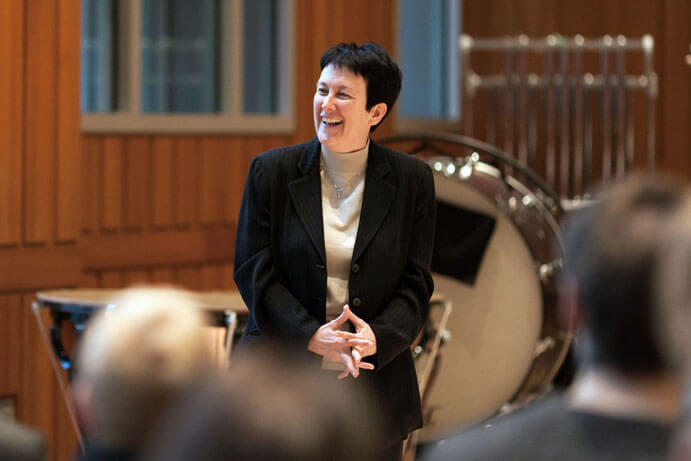
Jennifer Higdon (photo: Karli Cadel)
How does your role as an educator at Curtis Institute fit into your artistic life as a composer?
I so value the opportunity to teach because it helps me to keep up with what folks in the field are thinking and doing, and I find that the very act of articulating composition concepts helps me to clarify my own process. It’s also a good way to give back to others. I am fortunate to be able to balance my teaching with my composing, because I only teach two students a week…so basically around 2-3 hours each week is involved in composition instruction (Curtis is one of the few schools where every teacher is adjunct with an active professional career). The rest of the time you’ll find me off composing in my studio.
Curtis on Tour Performances of Jennifer Higdon’s Viola Concerto:
March 7, 2015: World Premiere at Library of Congress, Washington, DC
March 9, 2015: Live Stream from Curtis Performs
March 11, 2015 Friends of Chamber Music Miami, Coral Gables, FL
March 13, 2015: Mondavi Center for the Performing Arts, Davis, CA
March 15, 2015: Sonoma State University’s Green Music Center, Rohnert Park, CA
March 17, 2015, Qualcomm Hall, San Diego, CA

